I want to first give God the glory for all my experiences, and in His ability to turn the negative into the positive.
Guidebook to Low Back Pain: Diagnosis and Treatment
On June 23-28, 2022, my guidebook was presented in Washington, DC, at the American Library Association Conference and Exhibition. There were an estimated 25,000 in attendance, including librarians, press, film producers, and celebrities.
This Guidebook to Low Back Pain: Diagnosis and Treatment was a significant endeavor. I so much appreciate and thank MainSpring Books for accepting it as your top 10 selected for exhibition. Here is an overall review of the book.
Audience
If you have chronic back or neck pain that never leaves, or know someone disabled from back or neck pain, this book is highly relevant for you.
The above is doubly true if you had a labor epidural for the delivery of your baby, OR an injection into the back for pain, AND your back has not been the same since. It’s also perfect for you if don’t trust doctors any more;).
The wonderful Dr. Forest Tennant, who gave me his pain clinic, endorsed my book. I had just learned how to walk and talk again, renewed my medical license, and God led me to call him.
How God Led Me To Dr. Forest Tennant
I talk about it in my No More Tears book, page 263:
Endorsement
Table of Contents
I describe the novel and step-wise pain protocol (that got me investigated by the California Medical Board because I wasn’t Board Certified Pain Management), modified from the wonderful work of retired Dr. Forest Tennant, Dr.P.H.
This book is unique because it provides pictures of backs that most doctors, chiropractors, physical therapists and massage therapists and other health professionals have never seen.
Reviews
Uniqueness
Or, more correctly, most therapists and back doctors have seen backs like these, but they did not recognize what they were looking at. That is because they were not trained to recognize diagnoses like spinal adhesive arachnoiditis or EDS.
Co-Morbidities
This guidebook describes co-morbidities found with severe, unrelenting low back pain in detail, the most common of which is Ehlers-Danlos Syndrome or EDS.
Many with EDS may also have dysautonomia or Postural Orthostatic Tachycardia Syndrome (POTS), Mast Cell Activation Syndrome (MCAS), a neurogenic bladder, osteopenia/osteoporosis, gastroparesis, pelvic pain, lower legs with Reflex Sympathetic Dystrophy (RSD) or Complex Regional Pain Syndrome (CRPS), and more.
Associated Symptoms
If you have a list of experiences and symptoms that match up to this book, then you are looking at having a completely plausible explanation for your low back pain. See page 212.
Pictures
A massage therapist, chiropractor, or orthopedic surgeon who looks at backs for a living may never recognize a back of a patient with Ehlers-Danlos Syndrome or adhesive arachnoditis, which is quite easily diagnosed.
Early Spinal Adhesive Arachnoiditis
The skin is smooth and velvety.
Moderate Spinal Adhesive Arachnoiditis
Creases develop.
Severe Spinal Adhesive Arachnoiditis
Patients are bedridden and in wheelchairs.
(If you have never looked at your back in the mirror, have someone do it for you.)
Mental Health
Many patients with chronic low back pain or failed back syndrome also have been met with an array of doctors who do not prescribe pain medications, and essentially do nothing for patients but offer over-the-counter medications, perhaps sedatives for anxiety, all of which are insufficient at treating these patients.
They arrive traumatized by past experiences and a battery of doctors who did not believe their symptoms.
Readiness
Patients with chronic low back pain deserve a good, hard, look at what happened and why they were so adversely affected. Was the injury proportional to the accident? If it was out of proportion, that is a red flag for EDS.
Fortunately, once the practitioner knows how to do it, it is not difficult to diagnose EDS. Much of the diagnosis relies on clinical and family history, as there is no genetic test that reliably diagnosis the most common type of EDS, the hypermobility type. But fortunately, most patients were cheerleaders, were hyperflexible, and make the diagnosis based on the Beighton Score. Many patients have family members that died of a cerebral or aortic aneurysm.
Getting a Diagnosis. Don't have a diagnosis for your back? Then you can't get the right treatment. Use this book to discover the root of your problem, so you can heal.
Additional Audiences
Because of the detail, it is also good for those who have a medical record of their history of injury after an epidural for labor pain, or an ER spinal tap that led to upper extremity paralysis or postdural puncture headache, respectfully.
The reason this book is filled with so much detail is because my practice was a national referral center for EDS and spinal adhesive arachnoiditis. Dr. Forest Tennant had seen more cases than most doctors see in one lifetime, making this book an essential for any health care provider who works with the back or spinal cord. I asked Dr. Tennant to be a co-author, but he declined because he didn’t write the book. In retrospect, I should have asked him to write at least one chapter!
Thank you for remembering how to help those with unrelenting back pain. They deserve a close look at not only the structural problem, but the etiology of why their injury is not healing but persists to the point where they have central pain.
FREEBIE: GUIDEBOOK TO LOW BACK PAIN
If you would like my FREE PDF of this book, simply send me a message.





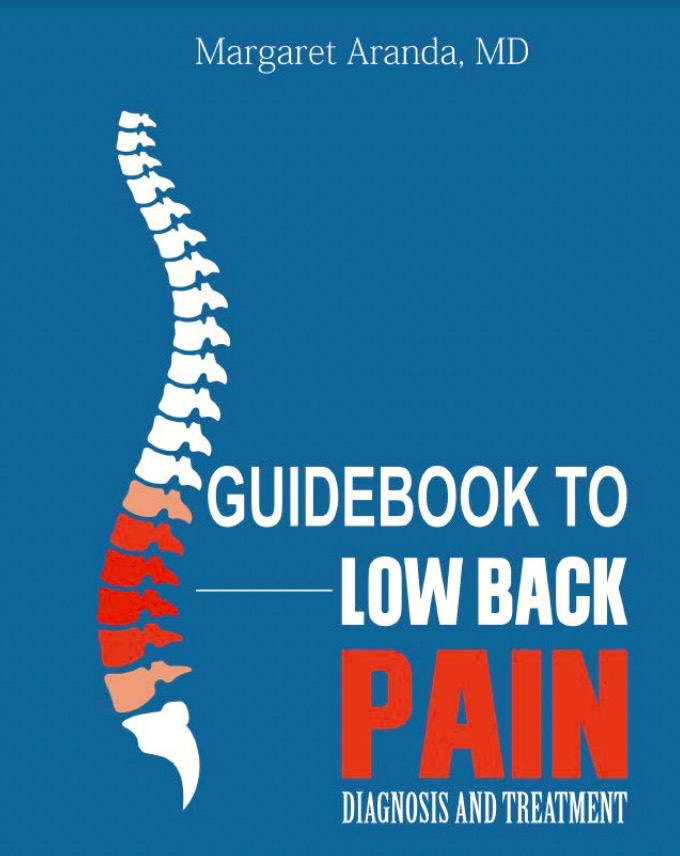
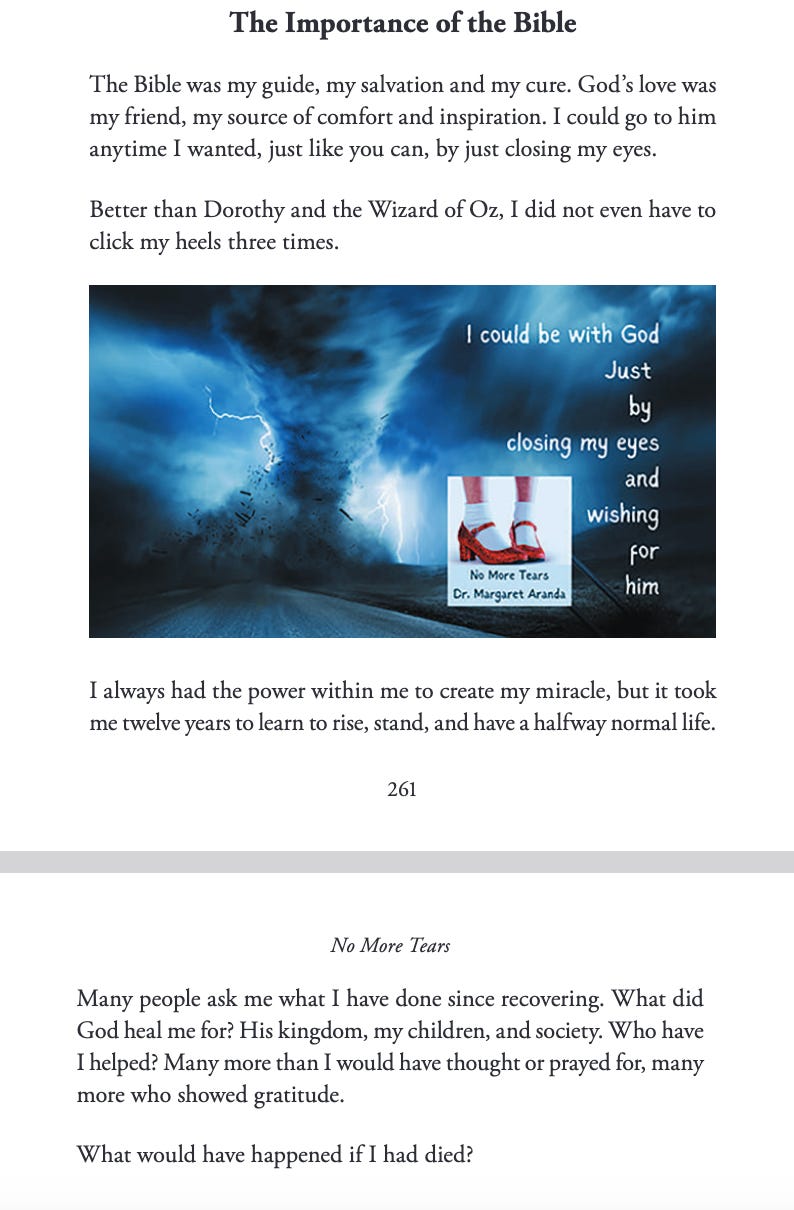
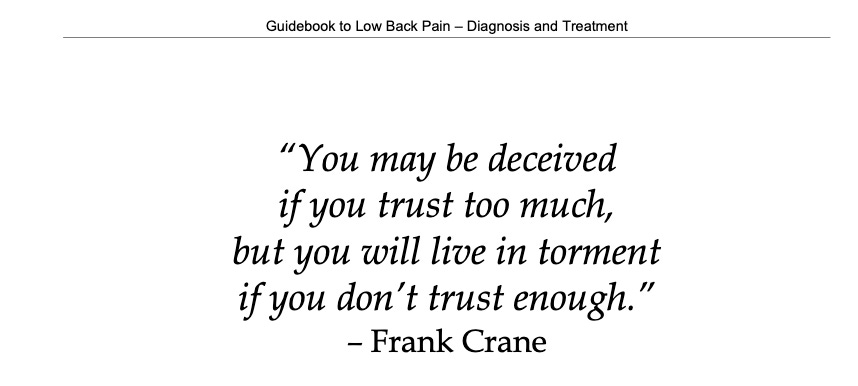
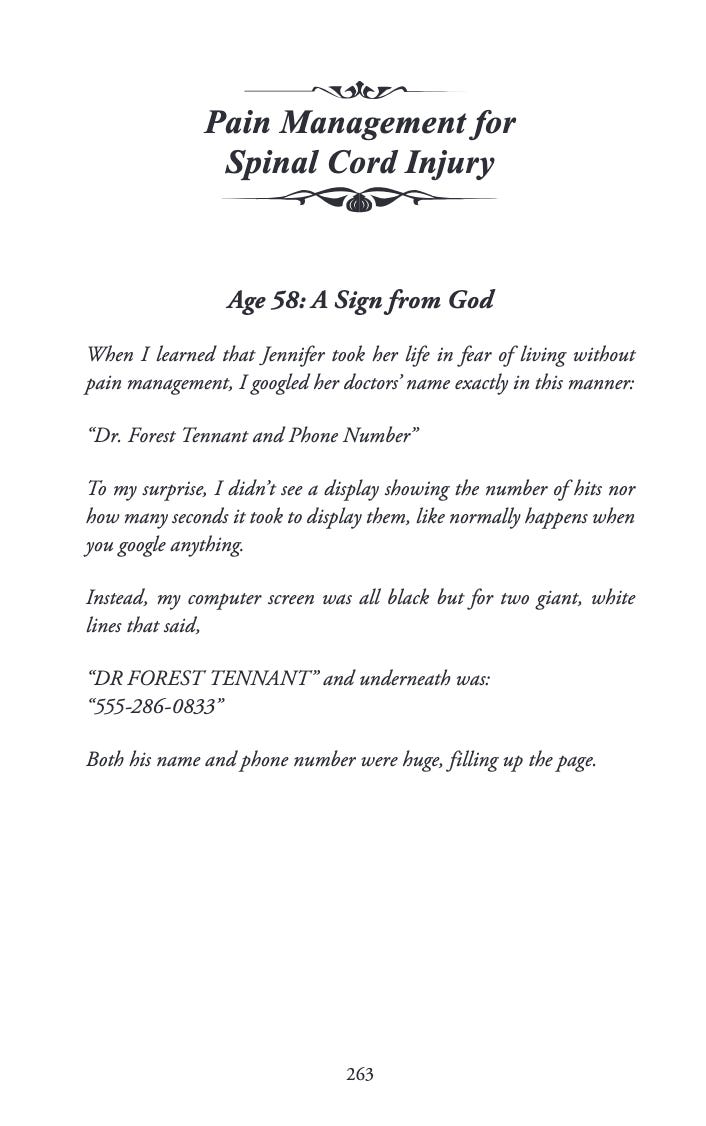
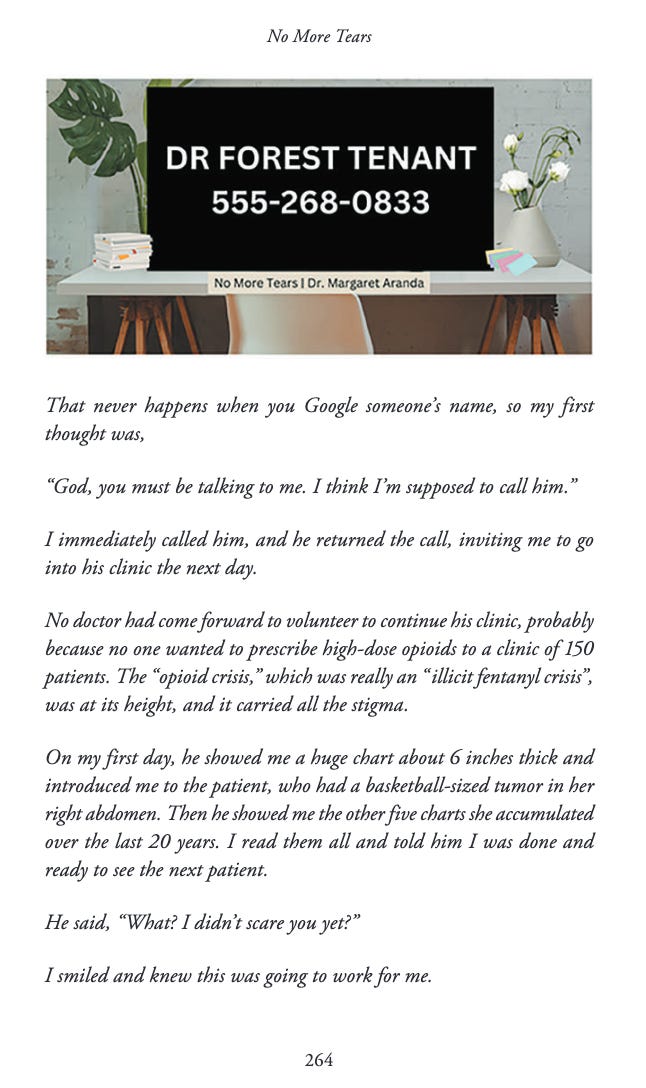

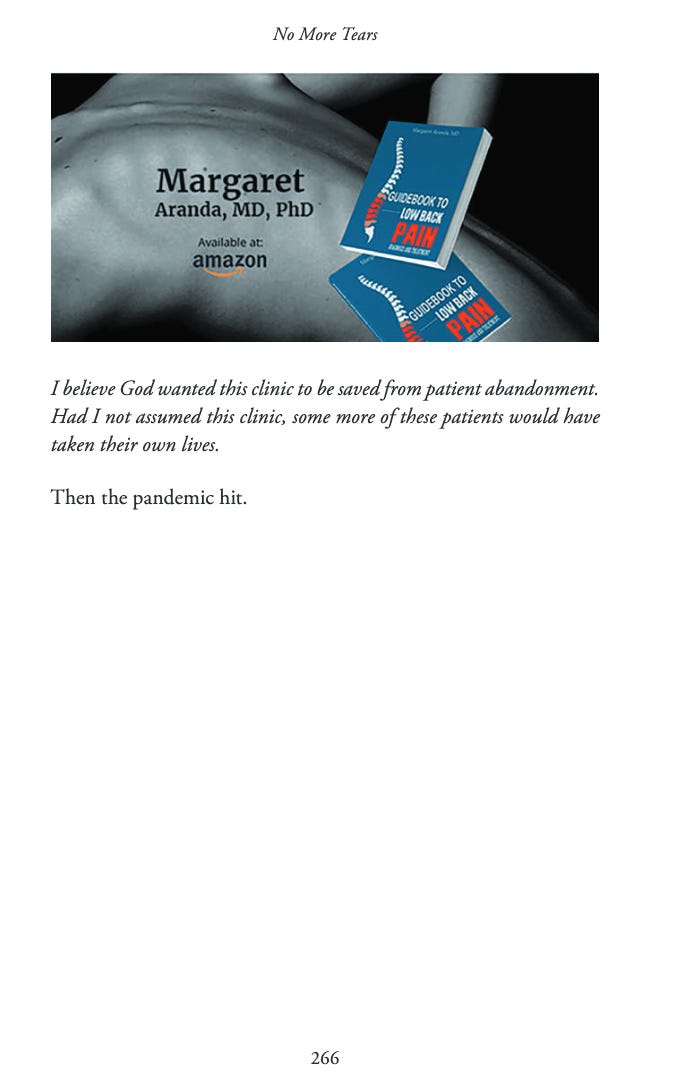
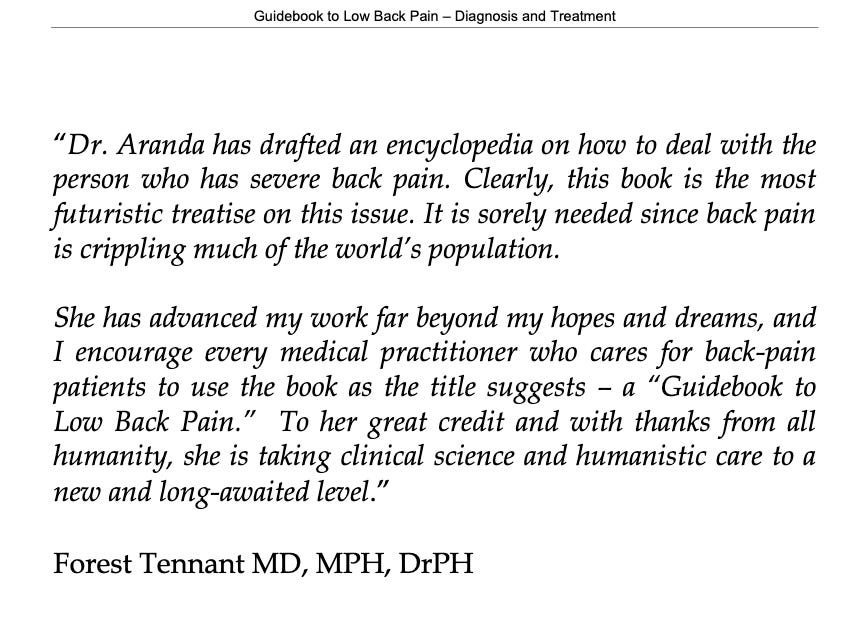
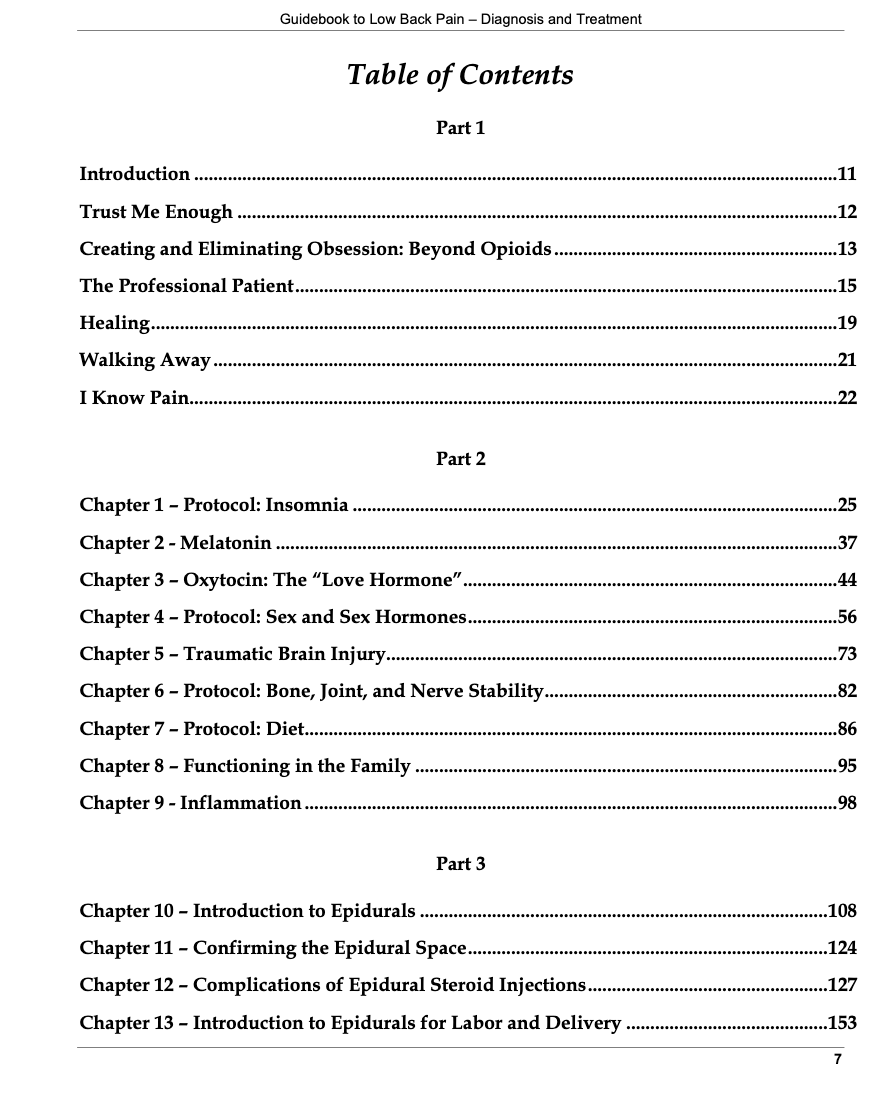
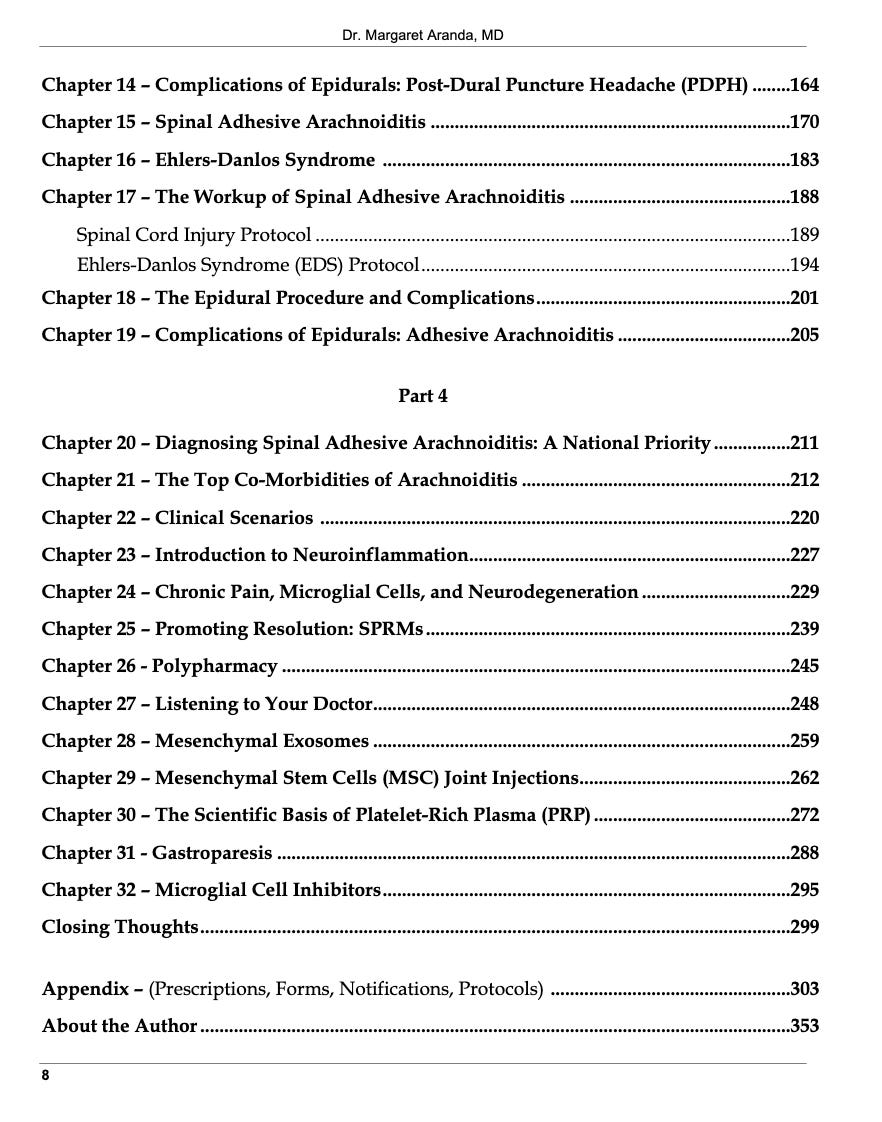
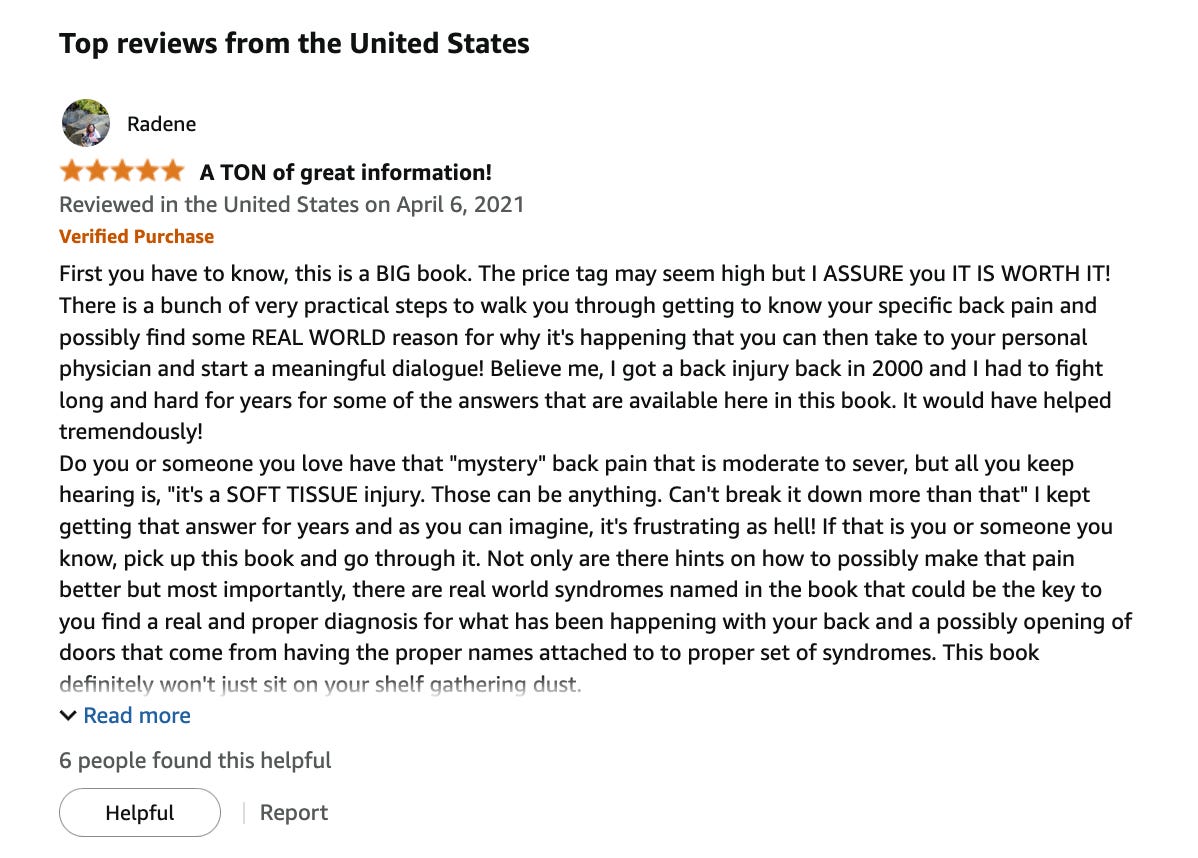
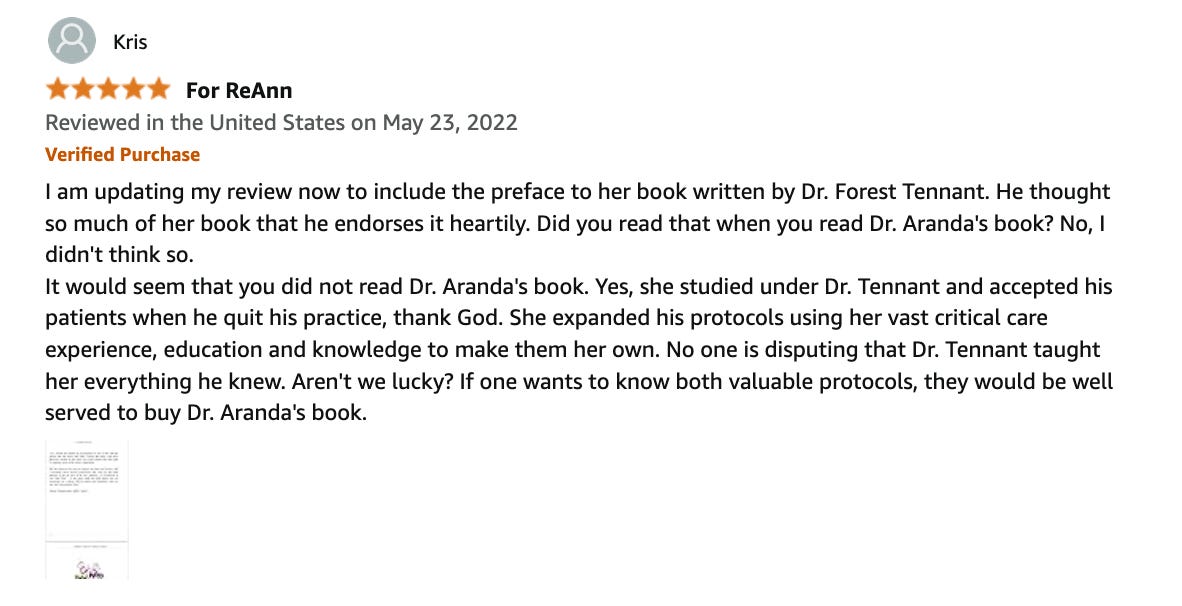
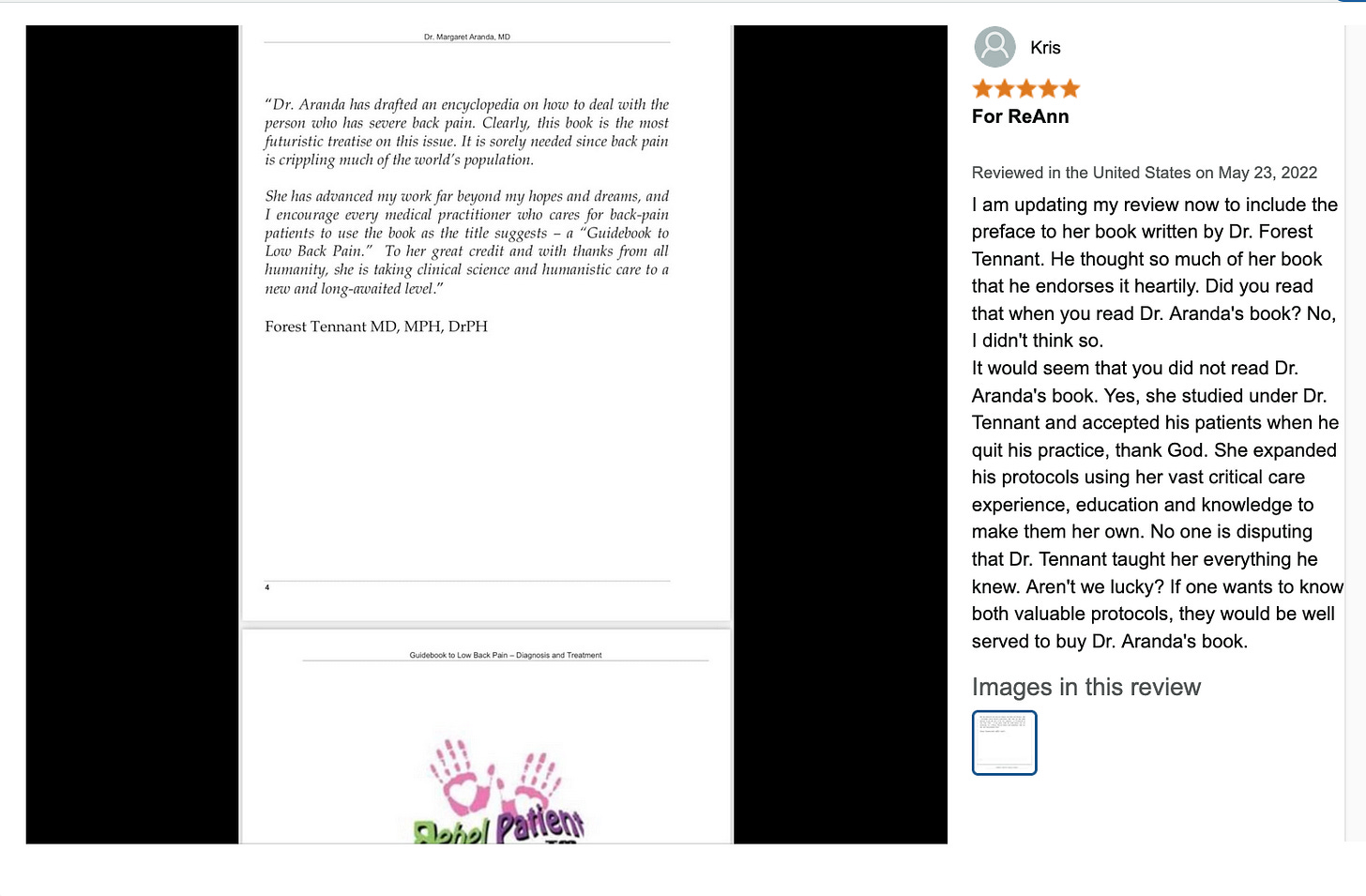
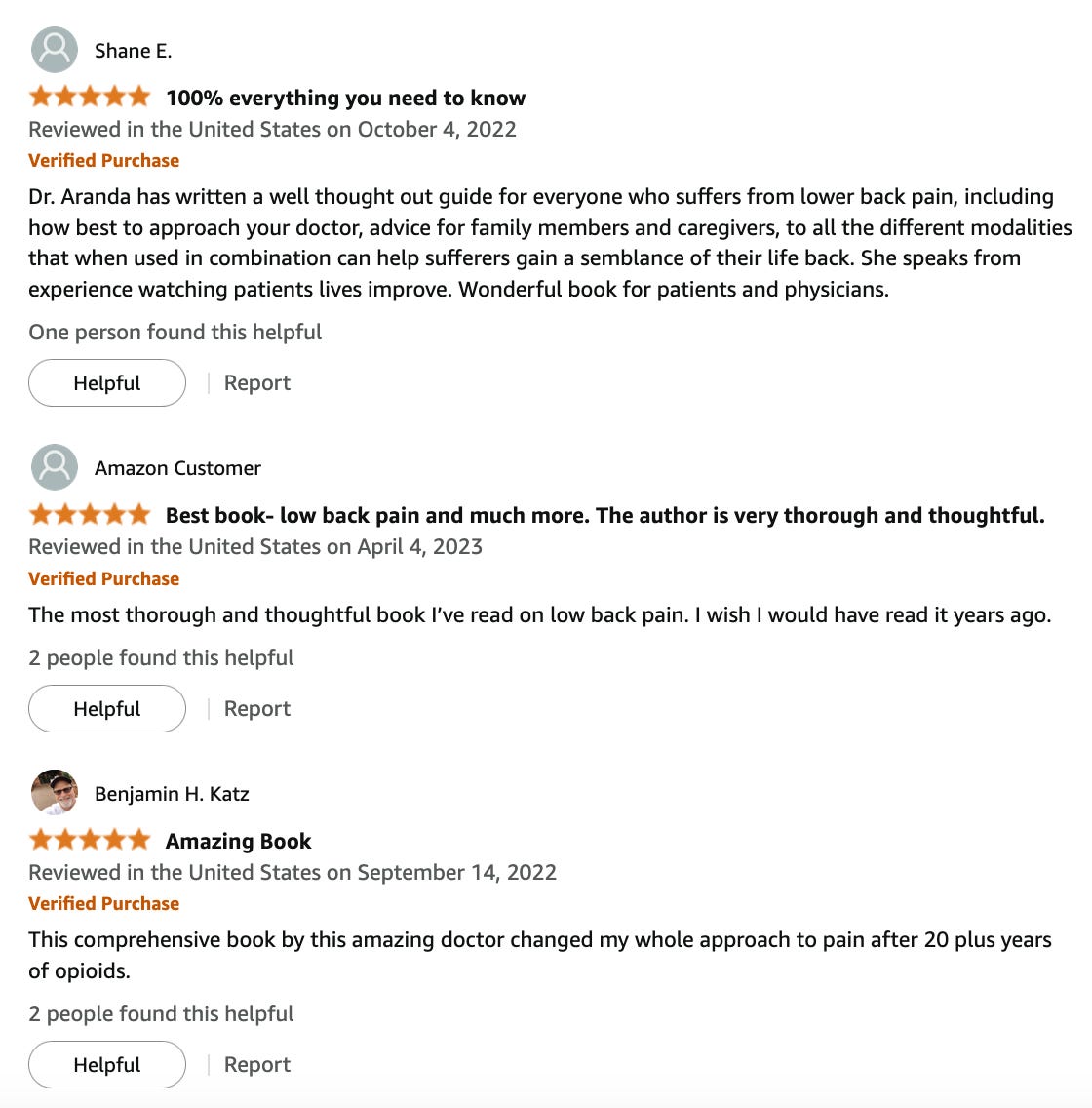
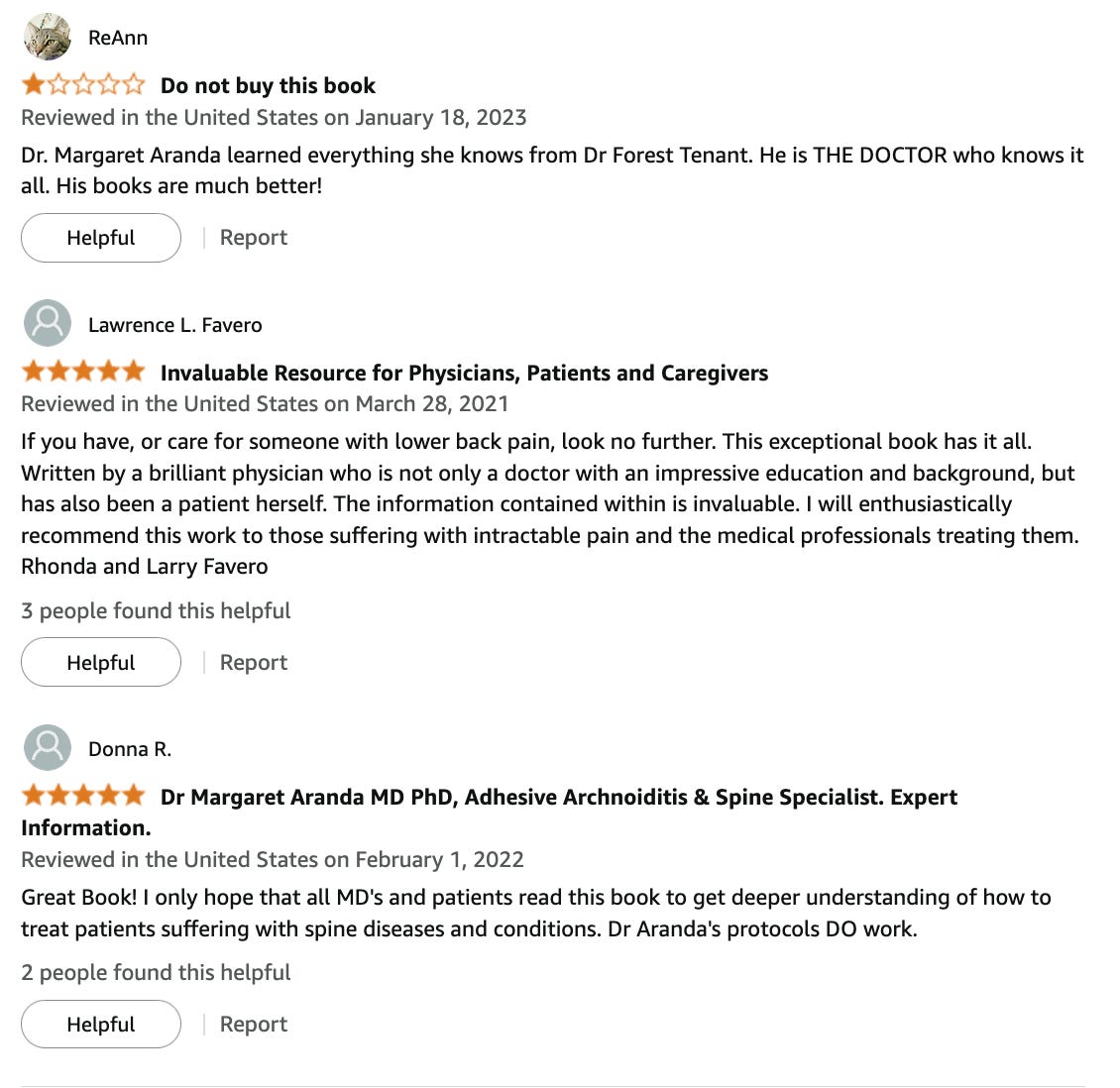
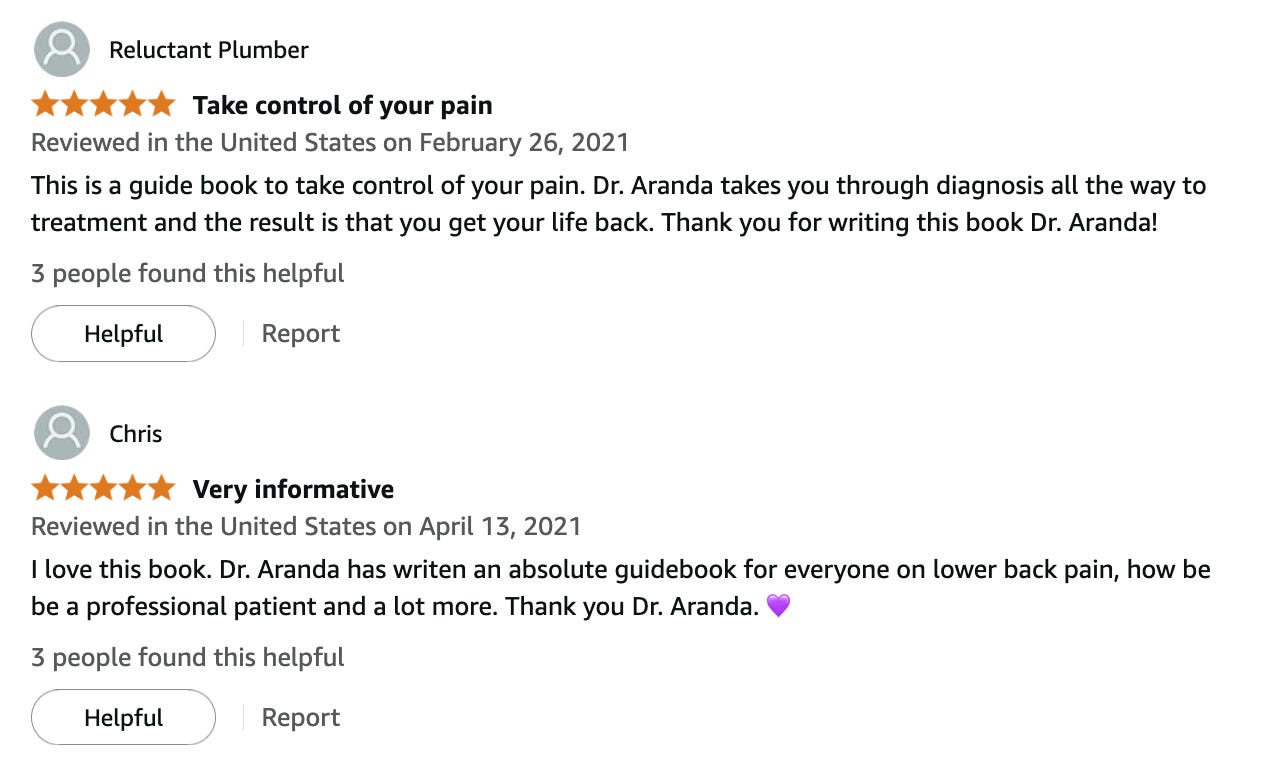
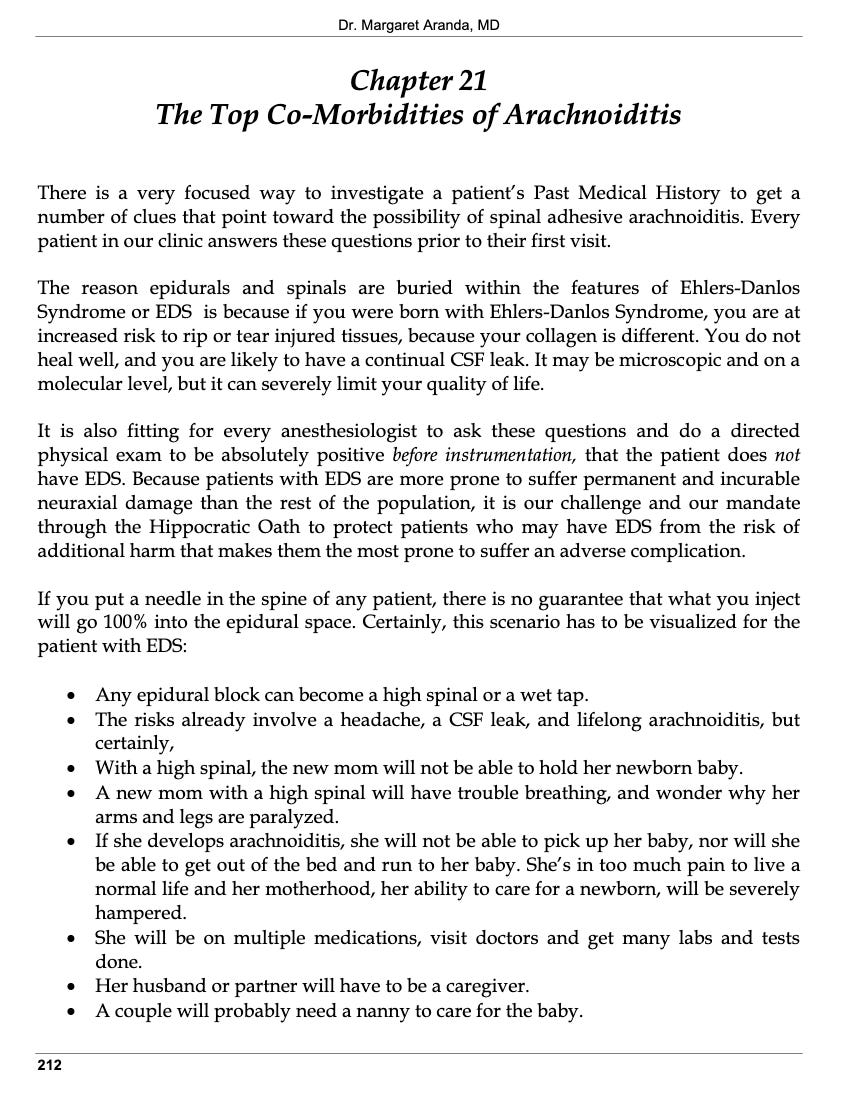
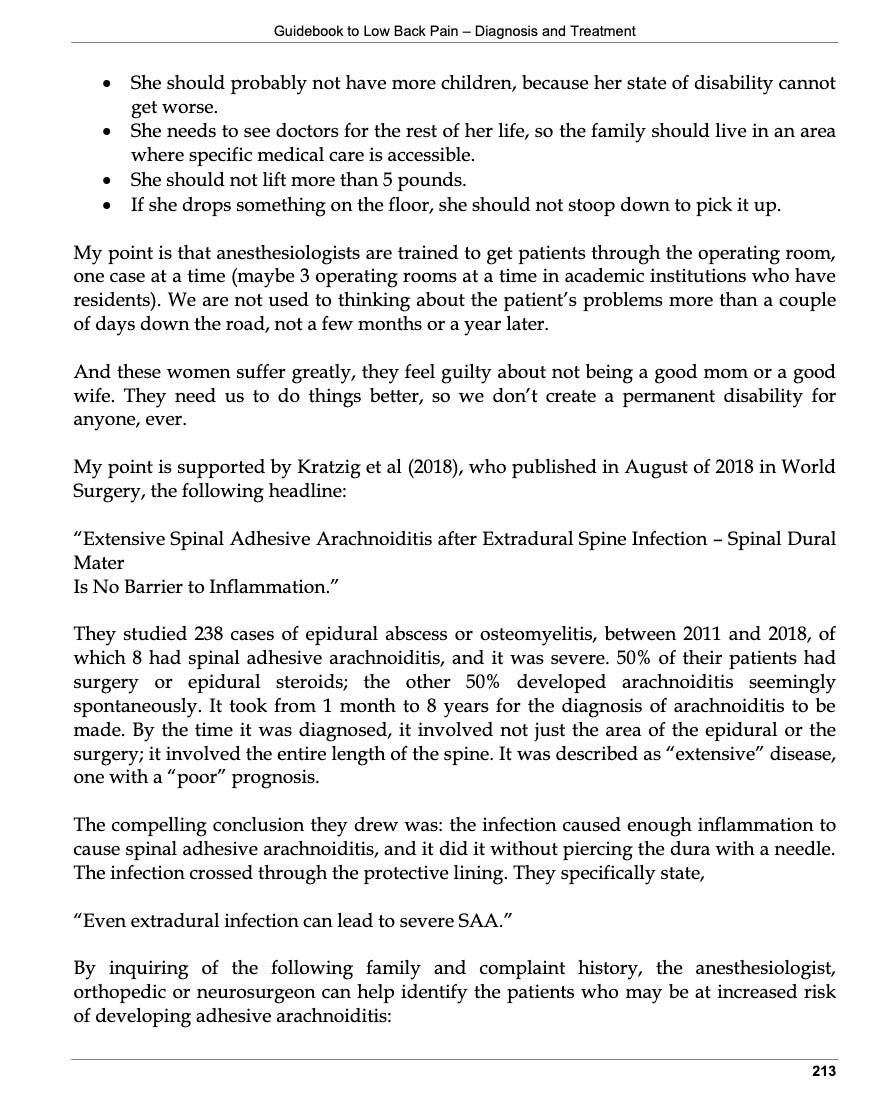
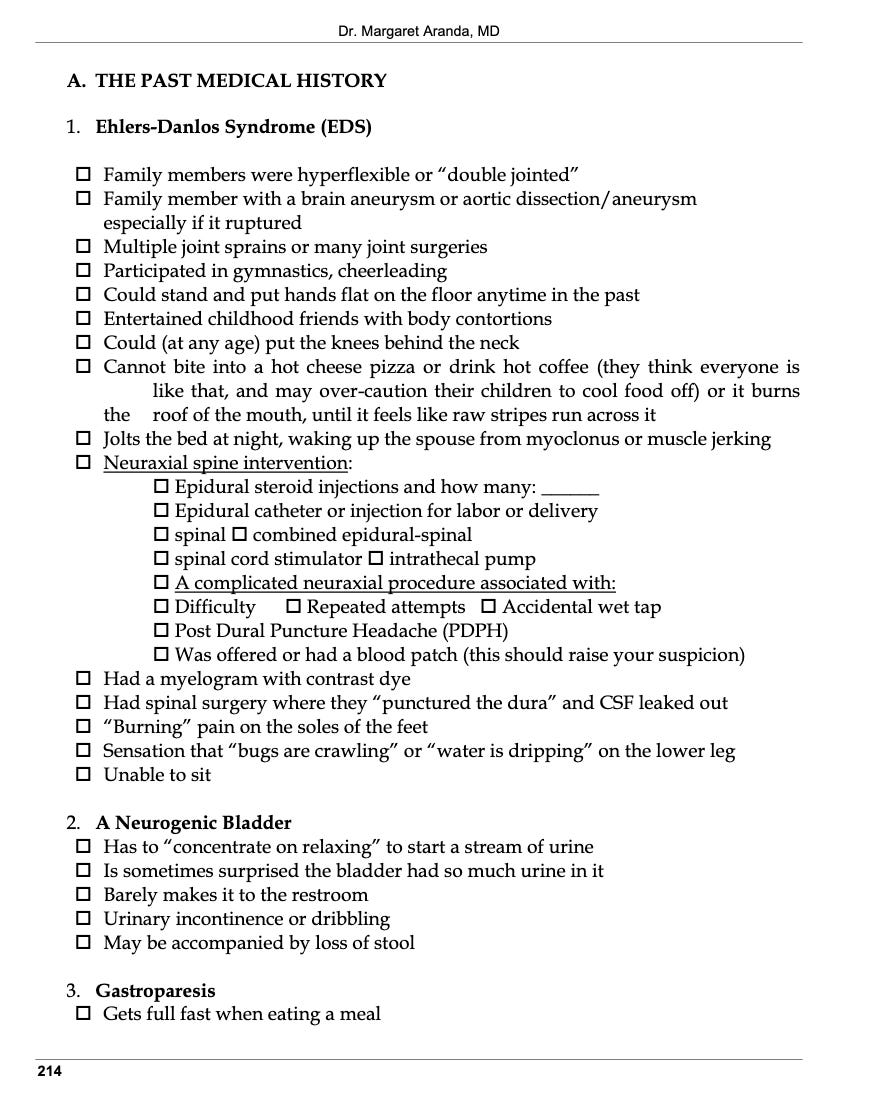
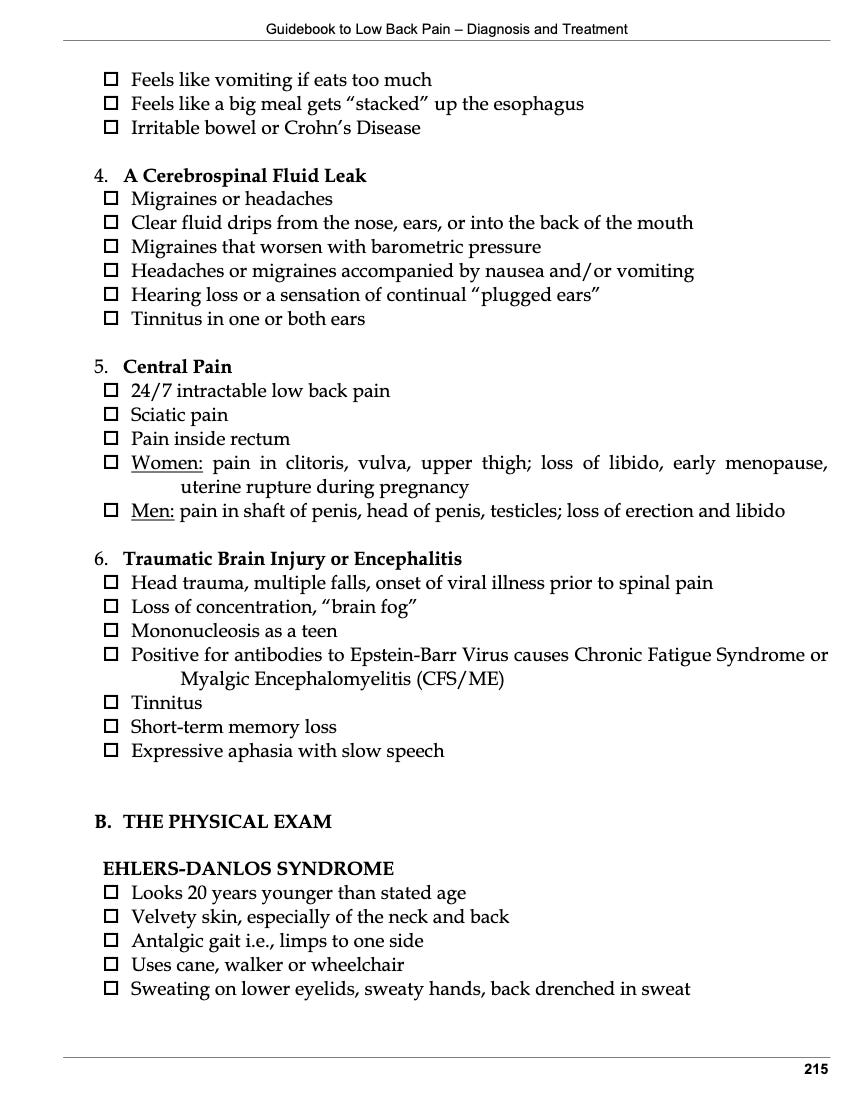

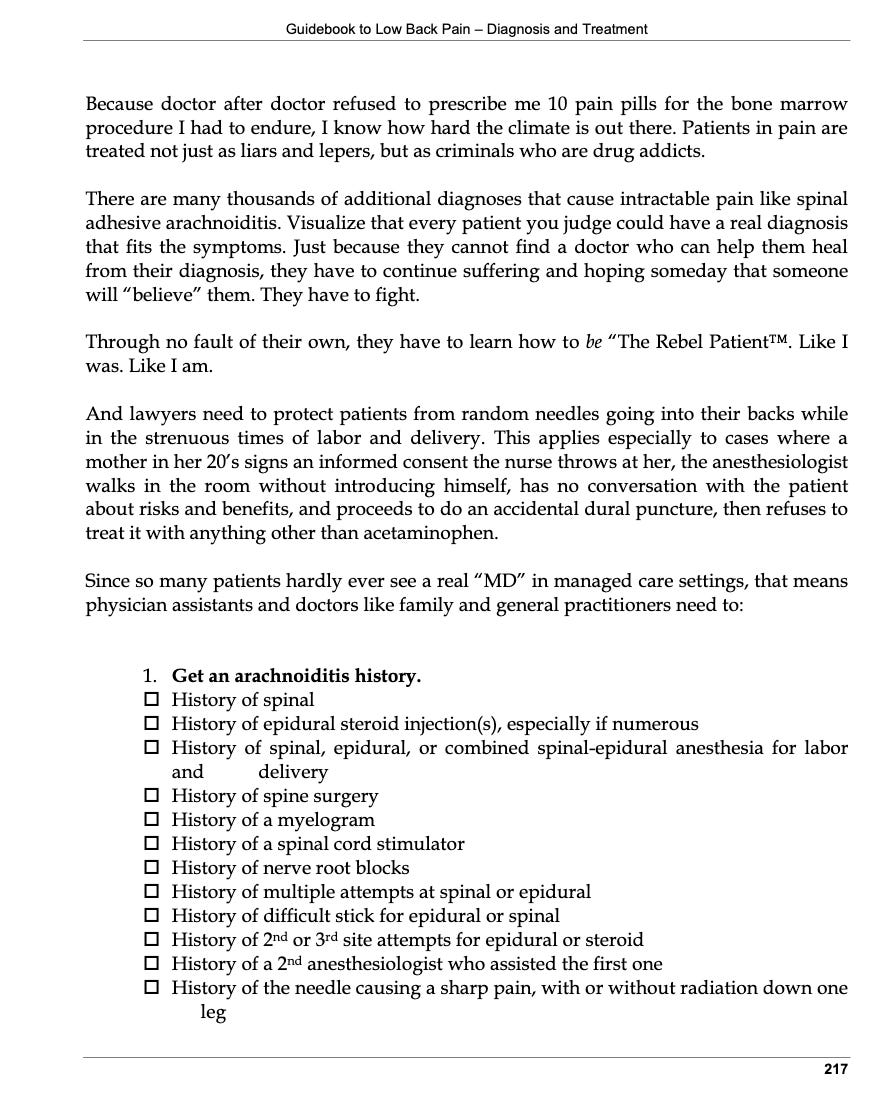
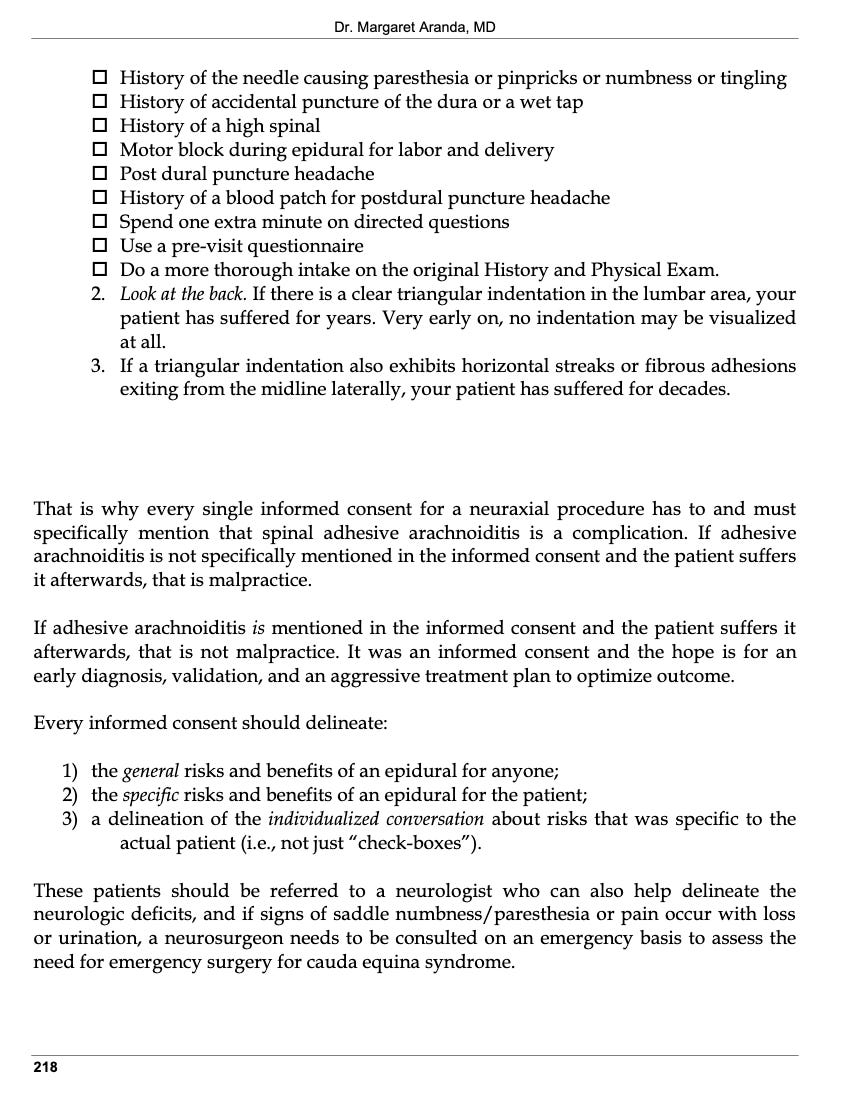
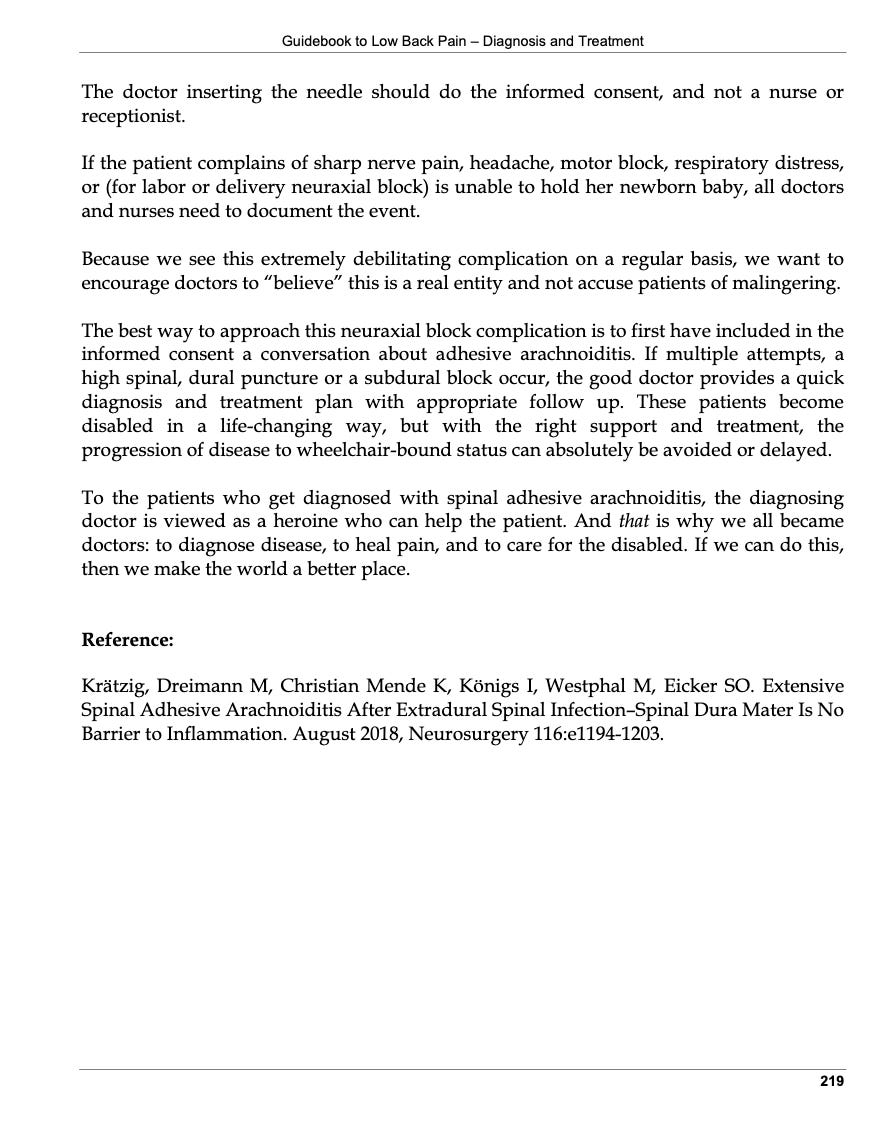
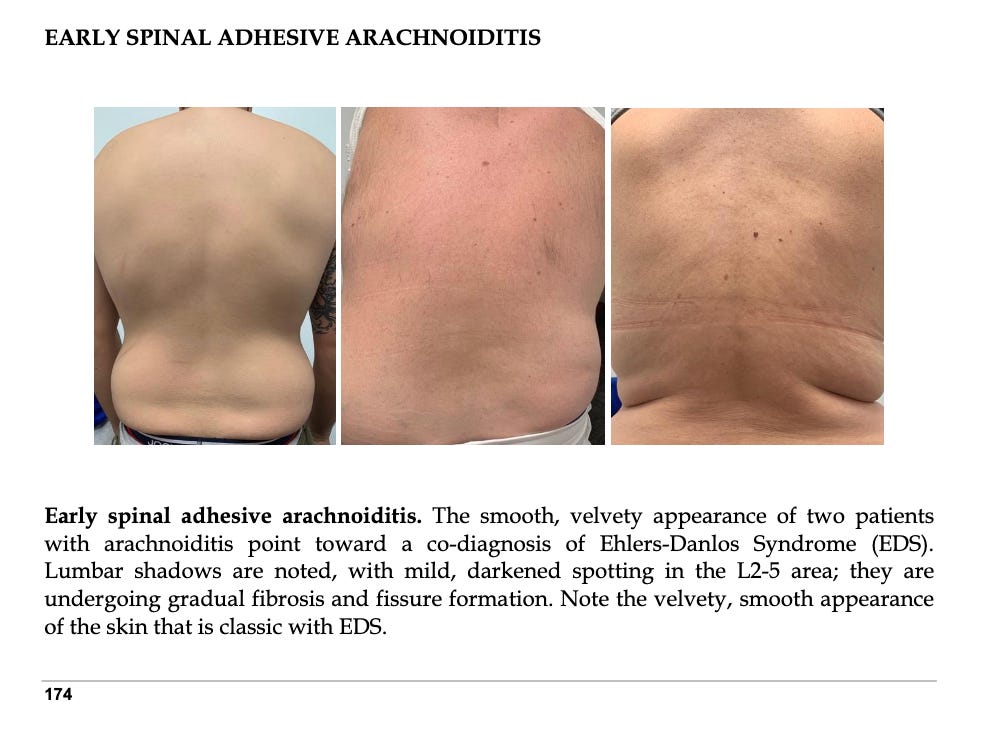
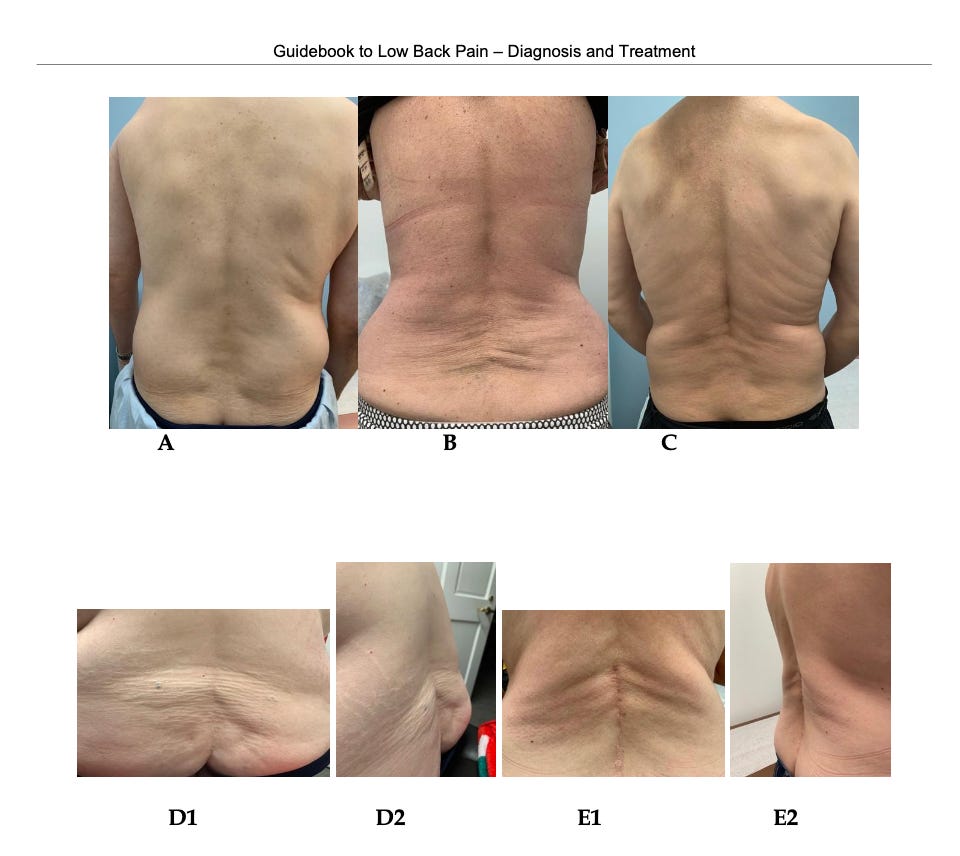
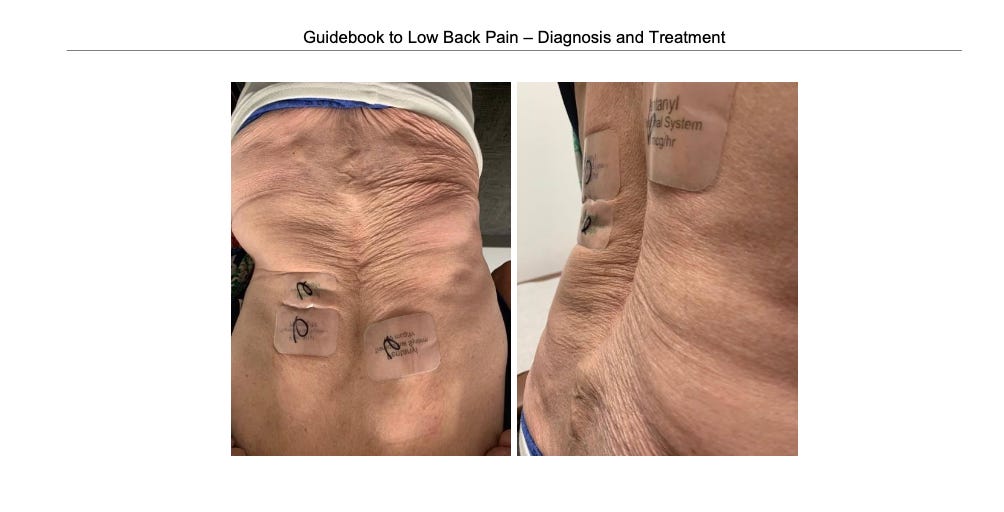
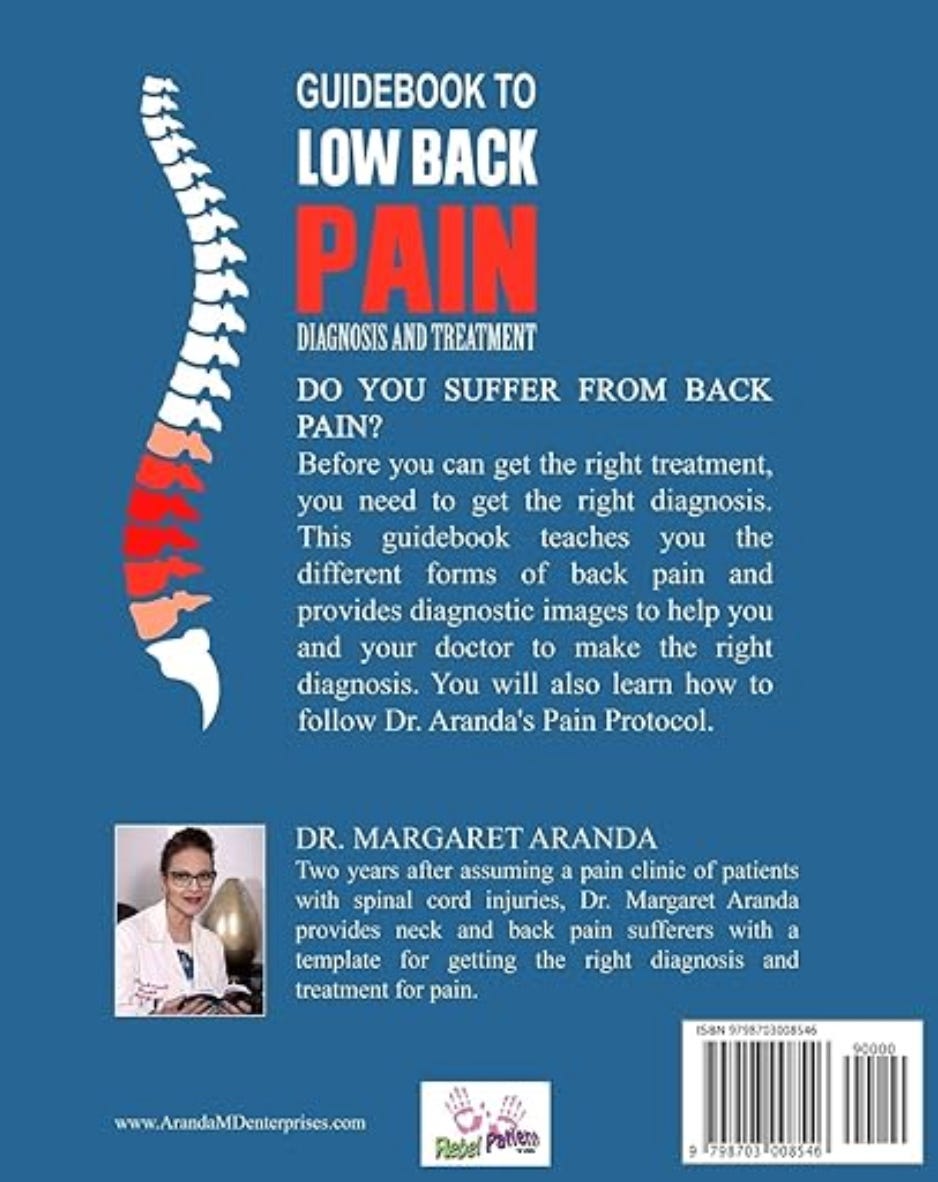
I suffered low back pain many years and the best cure for me was using the decompression table at my chiropractors. Of course it’s not covered by insurance but it has been the best money I have ever spent. I started going every week and then went to 2 weeks then to 1 month. Ive been able to go about 3 months now before I need to decompress. Each time on table is $65 but you can purchase a 10 back and get 2 free. Look for a chiropractor who has these machines. My doctor has 2 or 3. There is a chair one but it’s not as effective as the table. I also now have a lift in my shoe as my knee replacement caused a 16mm difference in each leg and I had crooked hips.
wow. I am going to buy it. I read the intro.. I have it.. and know it is my "sacroiliac joint" which I had injected (a couple years ago) by a Spine and Pain specialist who recommended ! MORPHINE.. which I rejected.. Anyway THANK YOU WILL GO TO AMAZON TODAY.. Isabell